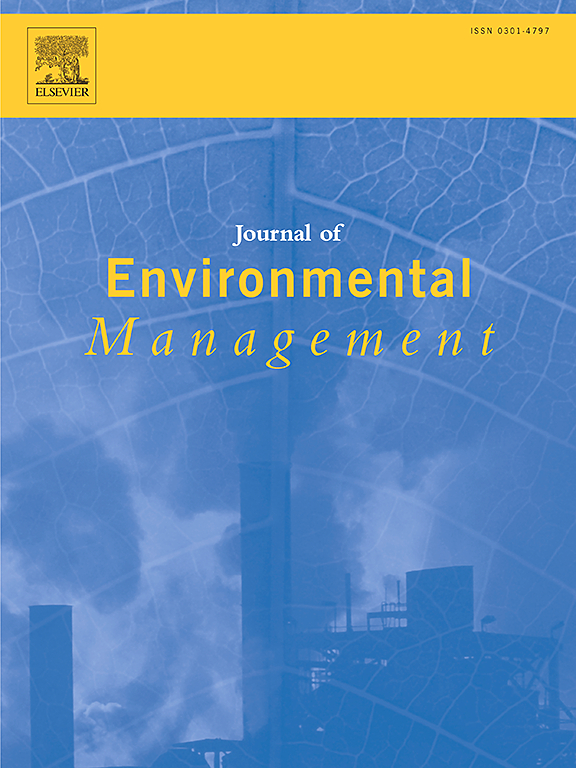The use of spent mushroom substrate as biologically pretreated wood and its fibrillation
IF 8
2区 环境科学与生态学
Q1 ENVIRONMENTAL SCIENCES
引用次数: 0
Abstract
Utilization of biomass and reuse of industrial by-products and their sustainable and resource-efficient development into products that are inherently non-toxic is important to reduce the use of hazardous substances in the design, manufacture and application of biomaterials. The hypothesis in this study is that spent mushroom substrate (SMS), a by-product from mushroom production, has already undergone a biological pretreatment and thus, can be used directly as a starting material for fibrillation into value-added and functional biomaterial, without the use of toxic substances. The study show that SMS can be effectively fibrillated at a very high concentration of 6.5 wt % into fibrils using an energy demand of only 1.7 kWh kg−1, compared to commercial and chemically pretreated wood pulp at 8 kWh kg−1, under same processing conditions. SMS is a promising resource for fibrillation with natural antioxidant activity and network formation ability, which are of interest to explore further in applications such as packaging. The study shows that biological pretreatment can offer lower environmental impact related to toxic substances emitted to the environment and thus contribute to reduced impacts on categories such as water organisms, human health, terrestrial organisms, and terrestrial plants compared to chemical pretreatments.
使用废蘑菇基质作为生物预处理木材及其纤维化。
生物质的利用和工业副产品的再利用,以及将其可持续和资源节约型地开发成本质上无毒的产品,对于在生物材料的设计、制造和应用中减少有害物质的使用非常重要。本研究的假设是,废蘑菇基质(SMS)是蘑菇生产过程中产生的一种副产品,已经过生物预处理,因此可以直接用作起始材料,在不使用有毒物质的情况下纤维化成高附加值的功能性生物材料。研究表明,在相同的加工条件下,SMS 在 6.5 wt % 的极高浓度下可有效地纤维化成纤维,其能耗仅为 1.7 kWh kg-1,而经过化学预处理的商用木浆的能耗为 8 kWh kg-1。SMS 具有天然的抗氧化活性和网络形成能力,是一种很有前景的纤维化资源,值得在包装等应用领域进一步探索。研究表明,与化学预处理相比,生物预处理可降低有毒物质排放对环境的影响,从而有助于减少对水生物、人类健康、陆生生物和陆生植物等类别的影响。
本文章由计算机程序翻译,如有差异,请以英文原文为准。
求助全文
约1分钟内获得全文
求助全文
来源期刊

Journal of Environmental Management
环境科学-环境科学
CiteScore
13.70
自引率
5.70%
发文量
2477
审稿时长
84 days
期刊介绍:
The Journal of Environmental Management is a journal for the publication of peer reviewed, original research for all aspects of management and the managed use of the environment, both natural and man-made.Critical review articles are also welcome; submission of these is strongly encouraged.
 求助内容:
求助内容: 应助结果提醒方式:
应助结果提醒方式:


